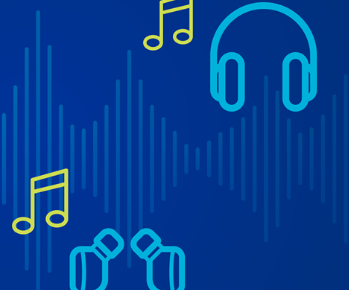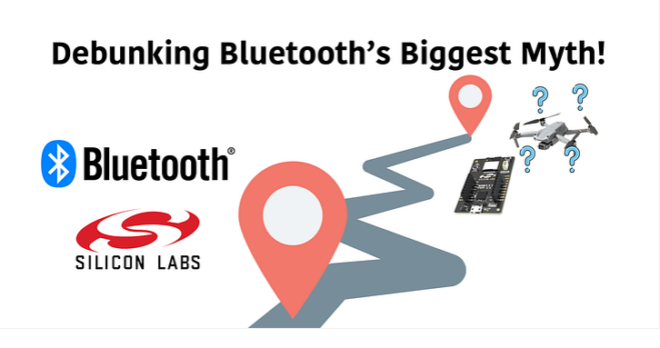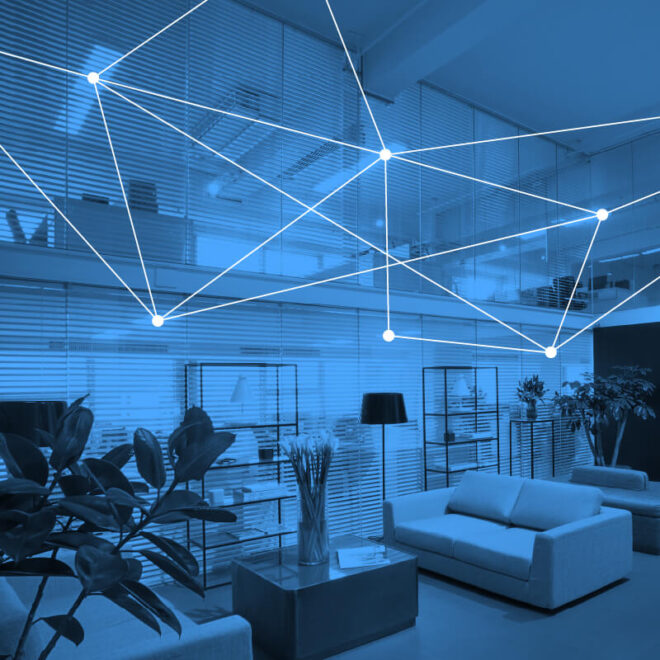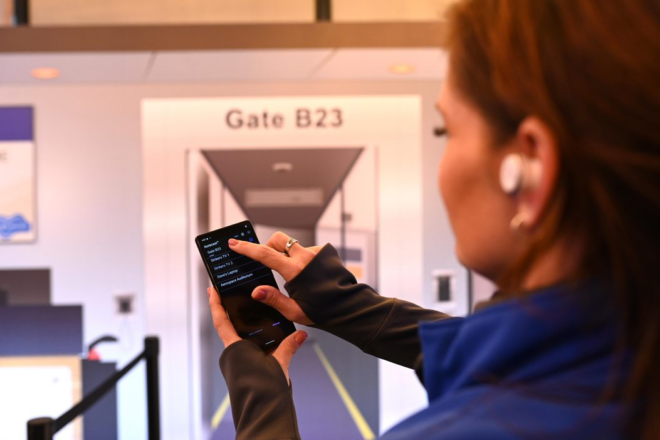That secret weapon is a device that sits in 20 million living rooms already waiting to power the Smart Home. It has the Cortana personal assistant, a cloud backend, runs Windows 10 apps and could connect to your home devices. What is it?
Introducing the Xbox One S.
The S is the new hot selling console based on the Xbox One platform, but with some huge improvements. The console is 40% smaller than the Xbox One and it has 4K! It can play the new 4K UHD Blu-ray discs, and with the prices of 4K TVs coming down you can see why sales are up 1000% in the UK alone.
But it’s the more hidden feature announcements that enable Microsoft’s secret weapon. You see, Microsoft added Bluetooth® functionality to this latest version. The strategy being the controller that comes with the Xbox One S, or as I’ve nicknamed it, the “XBOSS”, can now work with your PC, laptop or other device running Windows 10 + Bluetooth. Buy a game, and you could be running it across multiple platforms, with the same Bluetooth controller. Even though I have a Windows 10 PC, I actually haven’t tried this yet only because I’m playing legacy games on my PC (Flight Simulator, Rise of Nations, Rome Total War, Age of Empires, etc.) and honestly FIFA 17 has been eating up all my XBox One time.
But let’s get back to Home Automation. A little competition goes a long way. In this case, for Microsoft, because just across Lake Washington in Seattle, Amazon is hitting on all cylinders, delivering Echo powered by Alexa and now the Echo Dot. Amazon, of course, has the Echo hooked into multiple types of Home Automation already. If you drive a little further south, like 800+ miles, you also have Apple HomeKit, Samsung SmartThings and Google Home executing on their Home automation strategies.
With the Xbox platform, Microsoft has an amazing IoT Smart Home hub on the verge of a breakout success. Hands-free convenience/voice-control – yep. Play all your music – sure. Answer questions with Cortana’s witty voice when you’re bored? Knock yourself out!
The first important addition was the Xbox One summer update, which added Cortana. My first reaction using Cortana on the Xbox One was “wow this is awesome”! Also, now Universal Windows Apps work on the Xbox, which opens up an entire new world of Windows apps to the Xbox platform. Additionally, Microsoft highlighted IoT earlier this year at their Build conference, so it’s clear IoT is a priority. They also have planned integration into Windows 10 of new Open Connectivity Foundation (OCF) protocols in 2017, so the Xbox is positioned very well to be a future hub for a wide range of connected devices.
I’ve spent a lot of time using Cortana, since I was already familiar with it in both phone and laptop forms. Using the microphone that came with the Kinect, you can say almost anything to the Cortana digital assistant on the Xbox One. Cortana is a very powerful personal assistant that is launched by simply saying, “Hey Cortana.” You can take screenshots or record game segments, invite friends to parties, send messages, open games and apps, control the TV, check weather, time, dictionary meanings, ask for directions, ask for facts, and just general ask crazy things like, “tell me a joke” or “do an impression”. If Cortana doesn’t understand specifically what you’re looking for, Bing search results will be returned. While I believe there’s room for some improvements in the user experience with Cortana on Xbox, in my opinion these improvements are quick fixes with emphasis on a few use cases. With the adjustments I mention below, all of which can be done without losing focus on gaming, I could see Microsoft rapidly developing the Xbox One platform into a hub for Home Automation. I could see Microsoft enabling Xbox control over all your IoT and Smart Home devices like lights, switches, thermostats, locks, window shades, doors or pretty much whatever you can think of controlling with your voice very quickly by:
- Adding Home Automation integration to the Xbox App. This app is pretty awesome. I run it on both my laptop and Android phone. Adding the capability to control devices connected to the Xbox through the app would be amazing.
- And while at it, add Cortana voice recognition capability to the App itself, utilizing the phone or laptop microphone. Then you have the advantage of the mic being right back in front of the user = better and more accurate response.
- Create an Xbox remote with a microphone. Need a good use case for reference? Look at what Comcast did with the X1 Voice Remote. Then I could use the remote for my Xbox One TV control and also perform voice searches and take advantage of all Cortana’s awesomeness. Of course the remote should use Bluetooth.
Now let’s talk about the Xbox One S itself. Did I mention it has Bluetooth?
- With Bluetooth now integrated into the Xbox One S, you could potentially control Bluetooth® home automation devices (and the tidal wave of those coming to market) via the Xbox One S. Just take a walk down the Home Depot Smart Home aisle (like I do almost every weekend) and you’ll see a rapid explosion of Smart Home Bluetooth devices. In fact, I just bought my kids the LED Bluetooth powered light bulbs and they can change the color of the bulbs is their rooms now via their iPhone app. The bulbs even sync color changes to their music. Very cool! How great would that be if LED light bulbs sync’ed to a game I was playing on the Xbox?!?!
With Bluetooth 5 on the way, the Smart Home powered via Bluetooth gets even more powerful with twice the speed, and four times the range. And with Bluetooth Mesh on the horizon, the future of an Xbox centered Smart Home could be right around the corner.
Does Xbox as a Smart Home hub sound like Déjà vu? Back in 2013 Microsoft started looking at Xbox as a Smart Home hub with the Home 2.0 project. Now an Xbox One S with the integrations I mentioned above, powered by a Rock Stars named “Cortana” & “Bluetooth”, Xbox as a Smart Home hub could become a reality.























